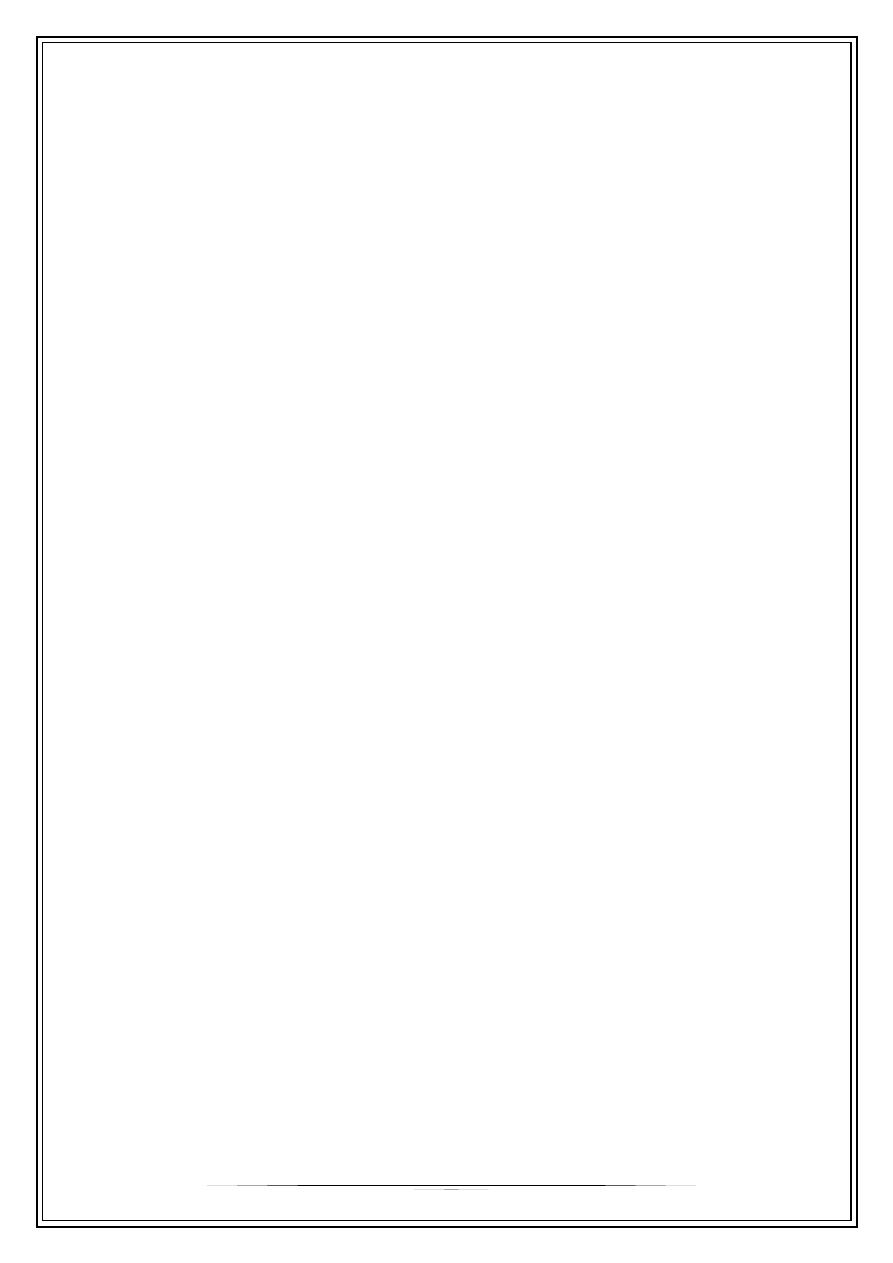
Fifth Stage
Internal Medicine
Dr. Dhyiaa – Lecture 1
1
Cardinal Symptoms in Nephrology
1. Impaired urinary flow, hesitancy& dribbling of urine are seen in bladder outflow
obstruction eg. BPH.
2. Loin pain and tenderness seen in pyellitis and renal infarction.
3. Severe pain radiated to the iliac fossa and genitalia may result from renal or ureteric
obstruction.
4. Dysuria, frequency and urgency are seen in those with lower UTI.
5. Anuria or oliguria seen in ARF or obstructive uropathy.
6. Polyuria &/or nocturia seen in DM, DI, CRF.
7. Hypertension indicate parenchymal or renovascular disease.
8. Haematuria is non localizing symptoms.
9. Uraemia are group of signs and symptoms of advanced renal failure.
CLINICAL EXAMINATION:
1. observation : tiredness, pallor, earthy color, deep rapid respiration ((acidosis ))
2. Brown line (( crescent )) of the nail seen in CRF.
3. Skin examination shows: yellow complexion, bruising, excoriation of pruritus.
4. Blood pressure often elevated.
5. Raised JVP in fluid overload.
6. Fundoscopy may shows hypertensive changes
7. lungs exam may show crepitation in fluid overload.
8. Heart exam: pericarditis or pericardial effusion.
9. abdominal examination: local tenderness, bruits
10. sacral &/or scrotal &/or ankle oedema
11. peripheral neuropathy
12. examination of the genitelea.
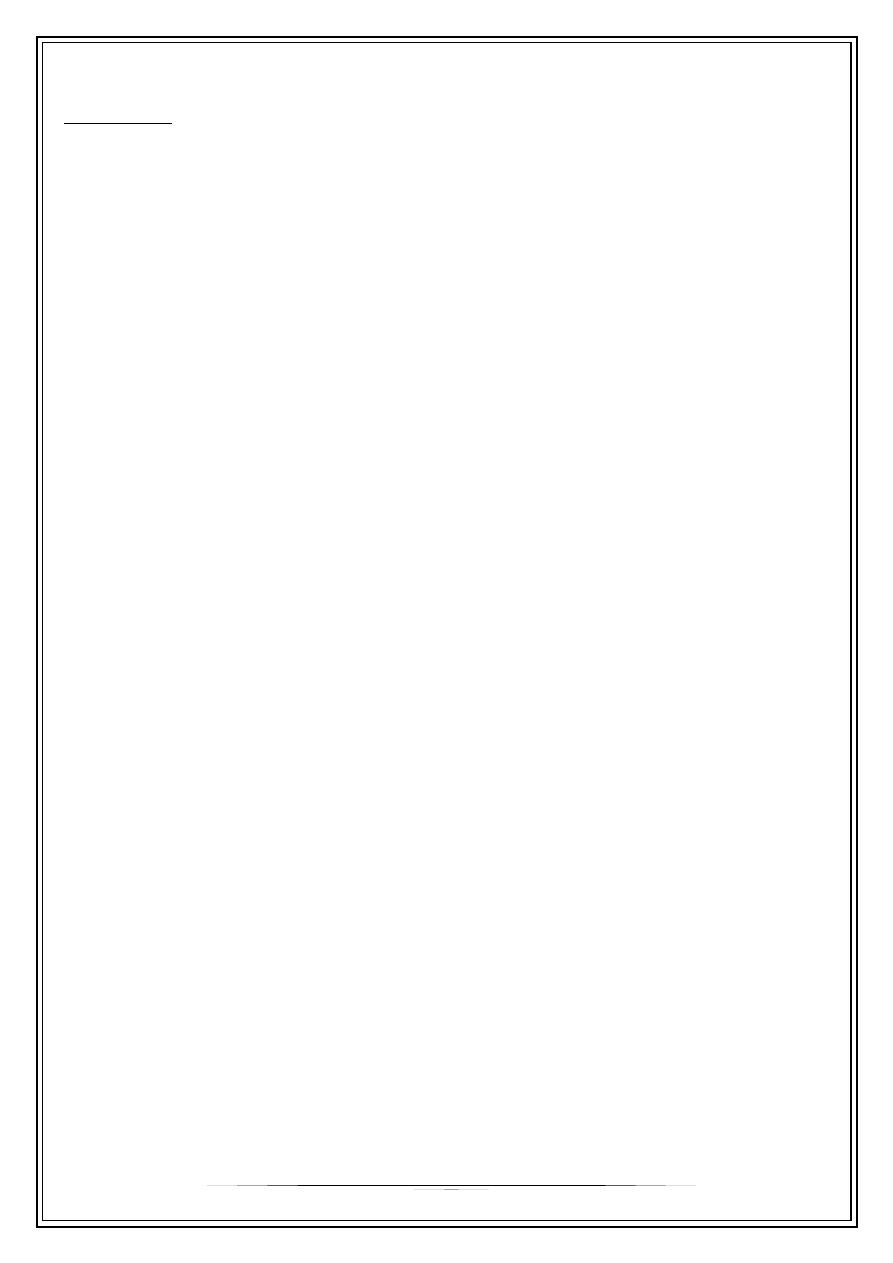
2
INVESTIGATIONS:
**Urinalysis:
A. Macroscopical:
1. Color: -Normally from colorless to deep yellow (( urochrome pigment )).
-Red or smoky color usually due to presence of RBC or myoglobulin.
-Cloudiness mostly due to amorphous phosphate or pyuria.
2. Chemical assessment for:
- Protienuria → glomerular disease (( primary or secondary ))
- Glucose → DM or any reducing substances
- Keton → ketoacidosis
- Occult blood → blood, hemoglobulin, myoglobin
- PH → should be less than 5.3 in systemic acidosis, failure to achieve it
occur in renal tubular acidosis.
B. Microscopical:
1. Cells:
•
RBC > 2 cells/ H.P.F. →UTI, GN, stone
•
WBC > 4 cells H.P.F. → pyuria, UTI
•
Eosinophil → drug induced interstitial nephritis.
2. Casts:
•
RBC→ GN , vasculitis
•
WBC → Pyelonephritis, interstitial nephritis
•
Epithelial → ATN, GN
•
Granular → Renal parenchymal disease
•
Waxy broad → advanced Rf
•
Hyaline → normal concentrated urine
•
Fatty → heavy protienuria
3. Crystals:
•
Uric acid (( rhomboid )) → Acid urine, uric acid nephropathy
•
Ca- oxalate (( envelope- shape )) → acid urine, hyperoxaluria
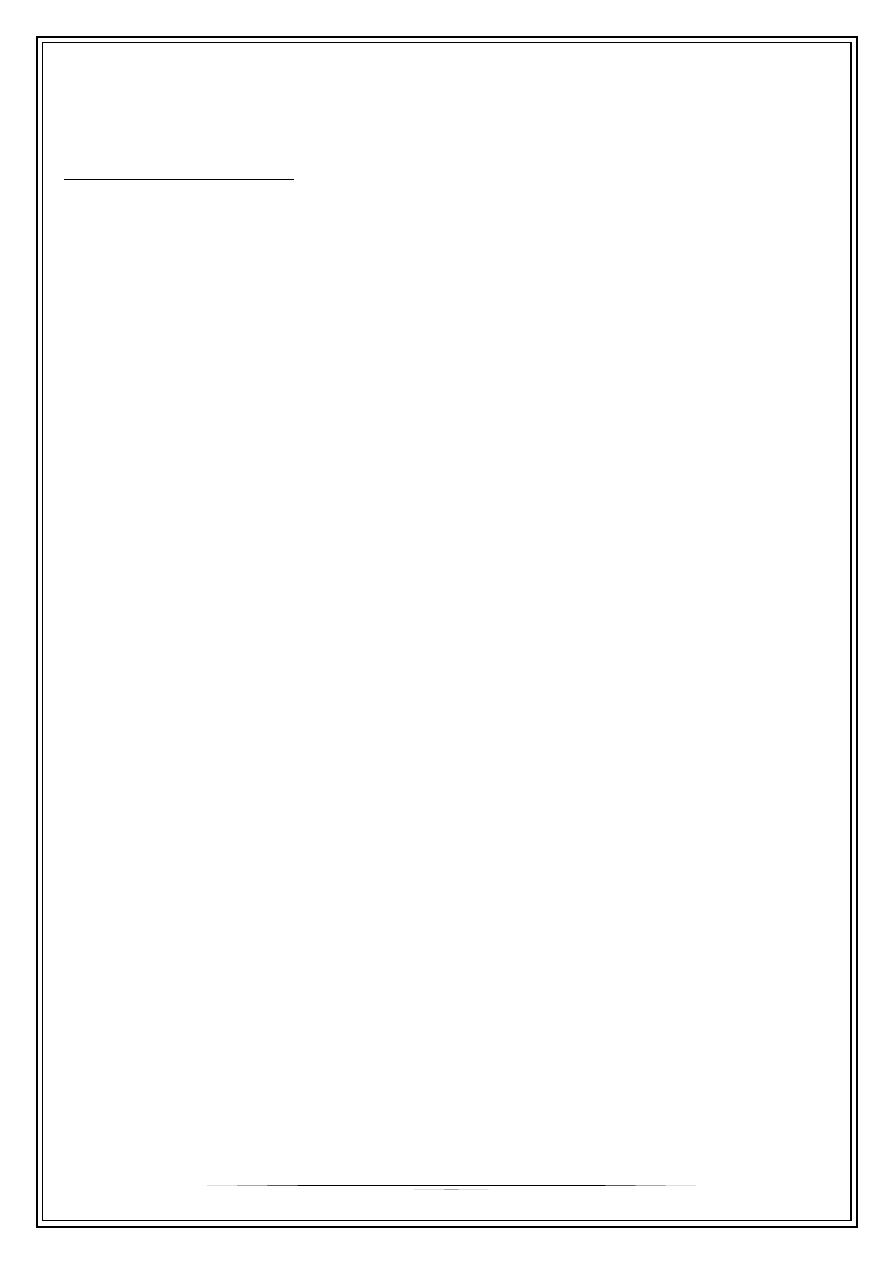
3
•
Ca – phosphate → alkaline urine
•
Cystine →cystinuria
** CULTURE & SENSTIVITY
•
Sterile pyuria seen in:
▪
TB
▪
Malignancy
▪
Interstitial nephritis
RENAL FUNCTION TESTS
1.
Blood urea
2.
Serum createnin
3.
Blood urea/ serum createnin
4.
GFR = ( 140 – age )× body weight × 1.2 / serum createnin ( µmol/L.) normally, GFR
= ( 95 – 125 )
5.
PH : failure to acidify urine seen in RTA
6.
Specific gravity useful in DI.
7.
24hr urine protein (( normally less than 150 mg/24hr. )). Abnormal finding indicate
glomerular disorder and if it > 3.5 gm / 24 hr., it is called Nephrotic range
protienuria.
URINARY TRACT IMAGING:
1.
KUB → radio opaque calculi
2.
Ultrasonography → renal size, cortical thickness, cyst, mass, hydronephrosis
3.
Renal scan → renal blood flow, tubular function
4.
IVU → size, shape, obstruction, filling defect, S.O. L.
5.
Retrograde pyelography → ureteral obstruction
6.
Angiography → renal vasculatures, tumour
7.
CT – scan
8.
MRI
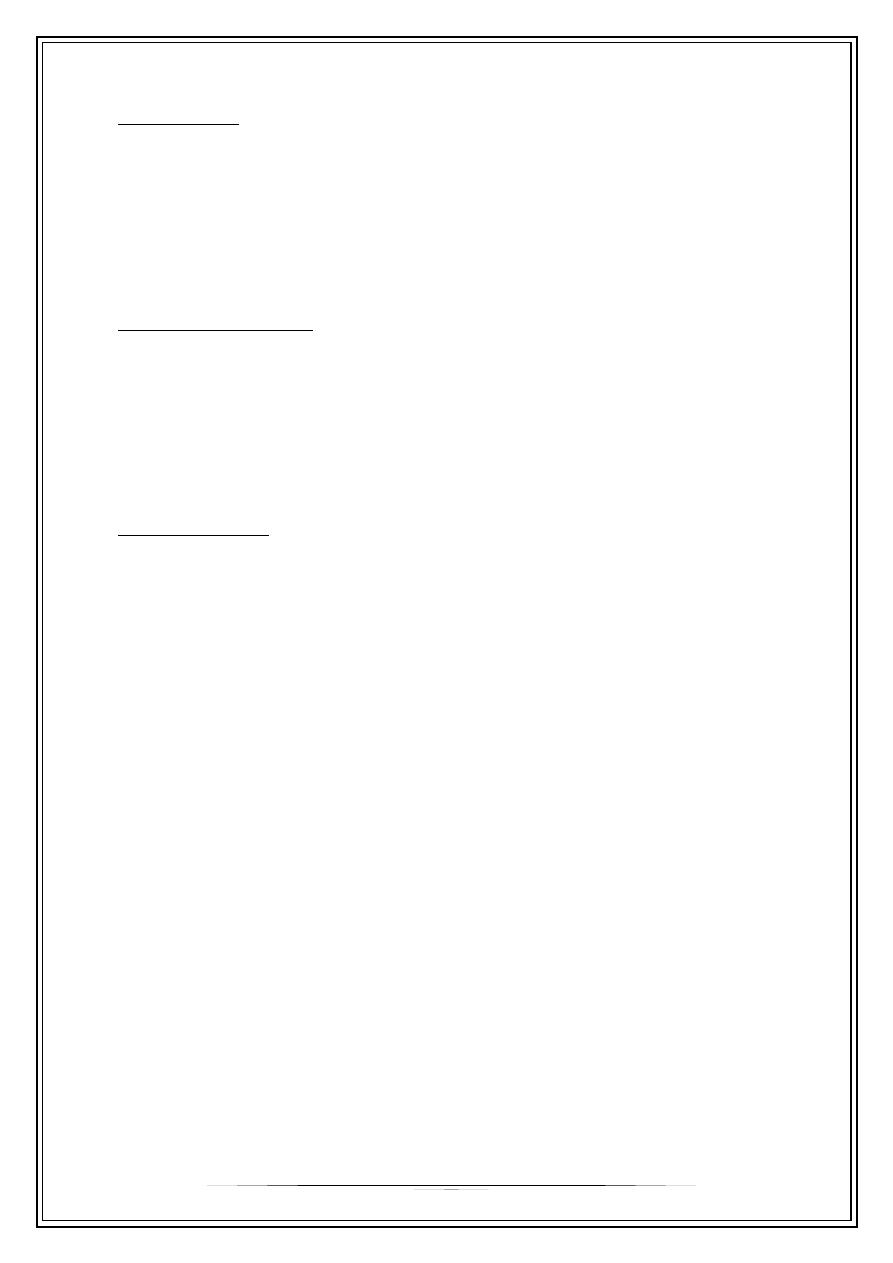
4
RENAL BIOPSY:
•
INDICATIONS:
1. Unexplained ARF
2. CRF with normal size kidneys
3. Nephrotic syndrome in adult
4. Atypical or non responding nephrotic syndrome in children
•
CONTRAINDICATIONS:
1. Bleeding tendency
2. Uncontrolled hypertension
3. Solitary kidney
4. Small size kidneys
•
COMPLICATIONS:
1. Pain
2. Bleeding
3. Fistula (( arteriovenous fistula )).
RENAL SYNDROMES:
I.
GLOMERULAR SYNDROMES:
A. NEPHRETIC YNDROME: haematuria, proteinuria & hypertension
B. NEPHROTIC SYNDROME: overt protienuria, oedema, hypoprotienemia &
Hyperlipidemia
C. RAPIDLY PROGRESSIVE GN: haematuria and renal failure
D. ASYMPTOMATIC URINARY ABNORMALITIES
II.
TUBULINTERSTITIAL DISORDERS (( NON GLOMERULAR )):
A. Tubulointerstitial nephropathy
B. Tubular defect eg. RTA
C. Urinary tract infection (( UTI ))
D. Renal neoplasm
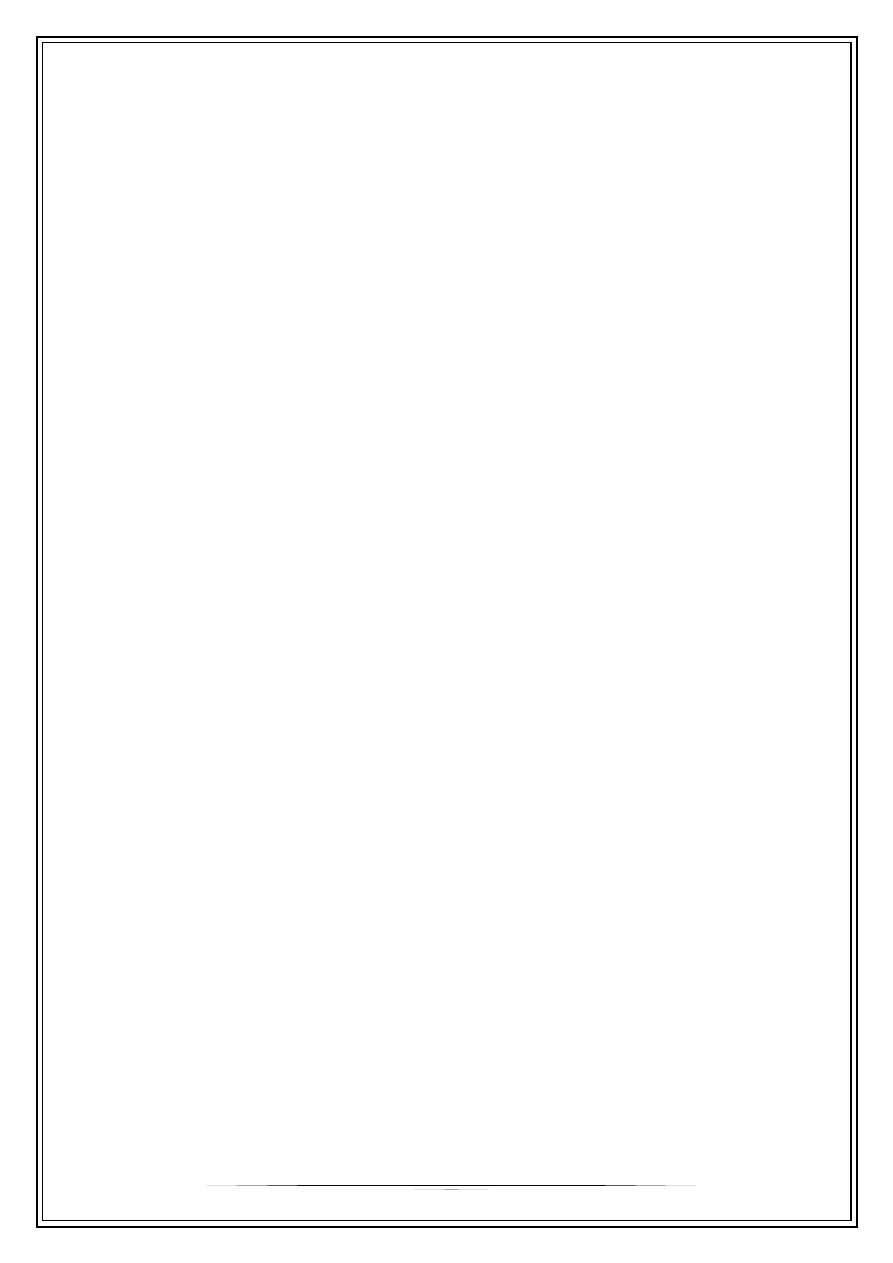
5
E. Cystic disease of the kidney
III. RENAL FAILURE:
A. ARF : Abrupt decline in renal function over days to few weeks
B. RPGN : Rapid deterioration of renal function over a period of weeks to months.
C. CRF : Progressive deterioration of renal function over months to years
IV. RENAL CALCULUS SYNDROME:
A. Renal stone
B. Obstructive uropathy
V.
HYPERTENSION & VASCULAR DISORDERS OF THE KIDNEY
Thank You,,,
